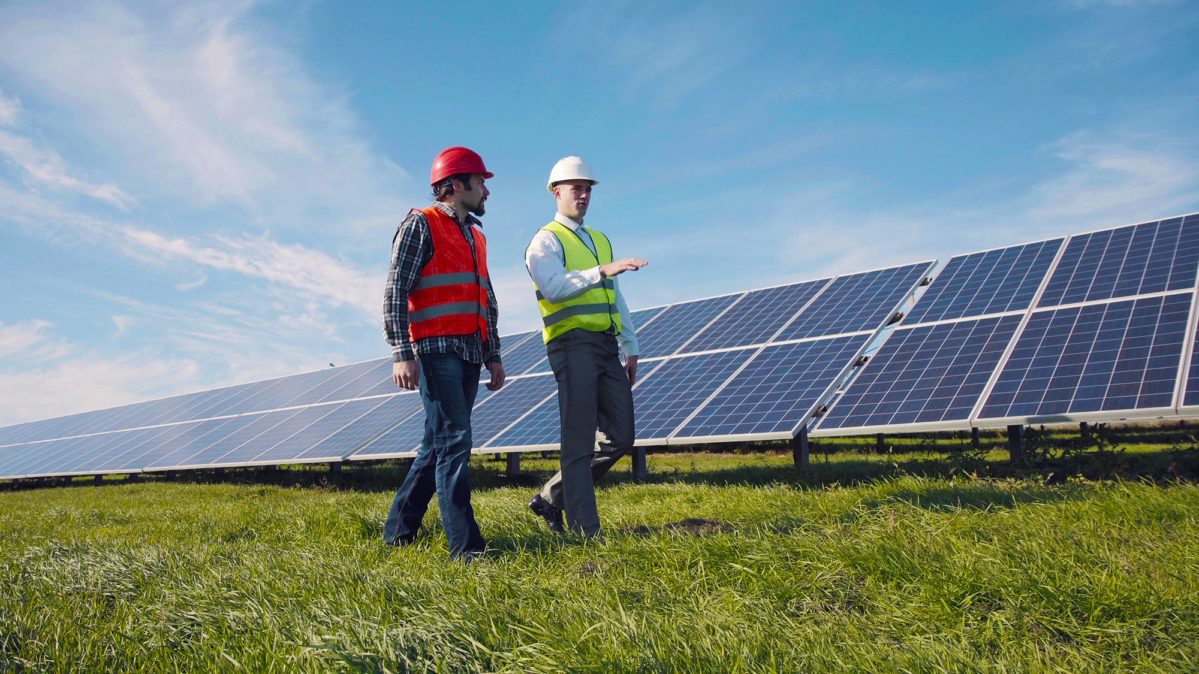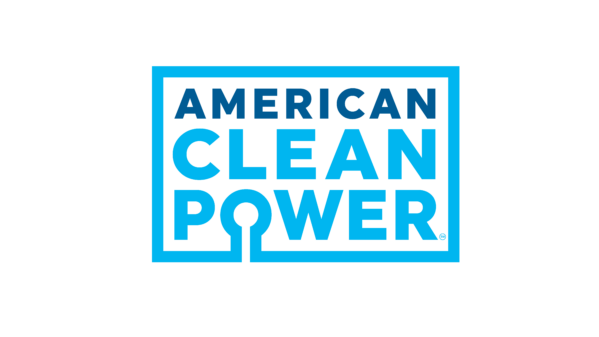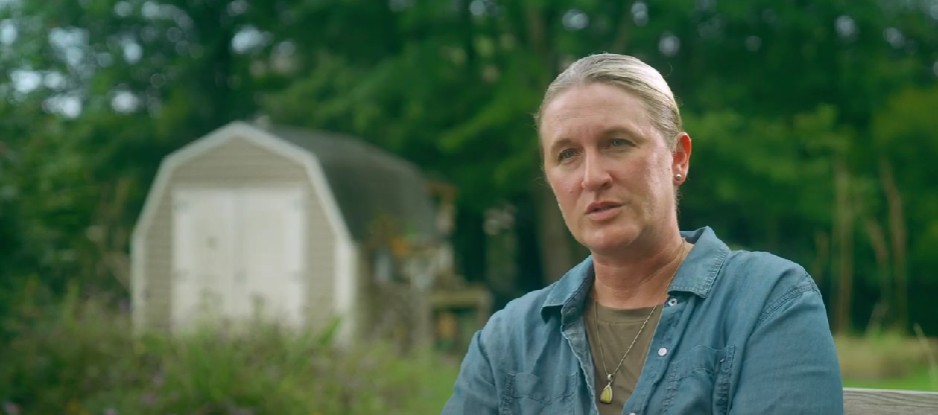Lease Land for a Solar Farm
Tenaska aims to be a good steward of your land, to support its long-term preservation, and to provide an added source of income for your family over the next 30+ years.
-
21 States
Of solar development experience
-
17,000 MW
Of solar projects in the development services pipeline
-
35 Years
Of Tenaska energy development experience
Benefits of a Solar Farm
Leasing land for a solar farm is a great way to diversify your income. A solar lease can supplement your family’s income, keep the land in your family and provide for retirement – all while allowing the land to rest for the life of the project.
No matter the weather or state of the market, solar energy is a reliable cash crop with consistent lease payments. At the end of the project’s useful life, the solar panels will be removed, and the land will be restored for further use.
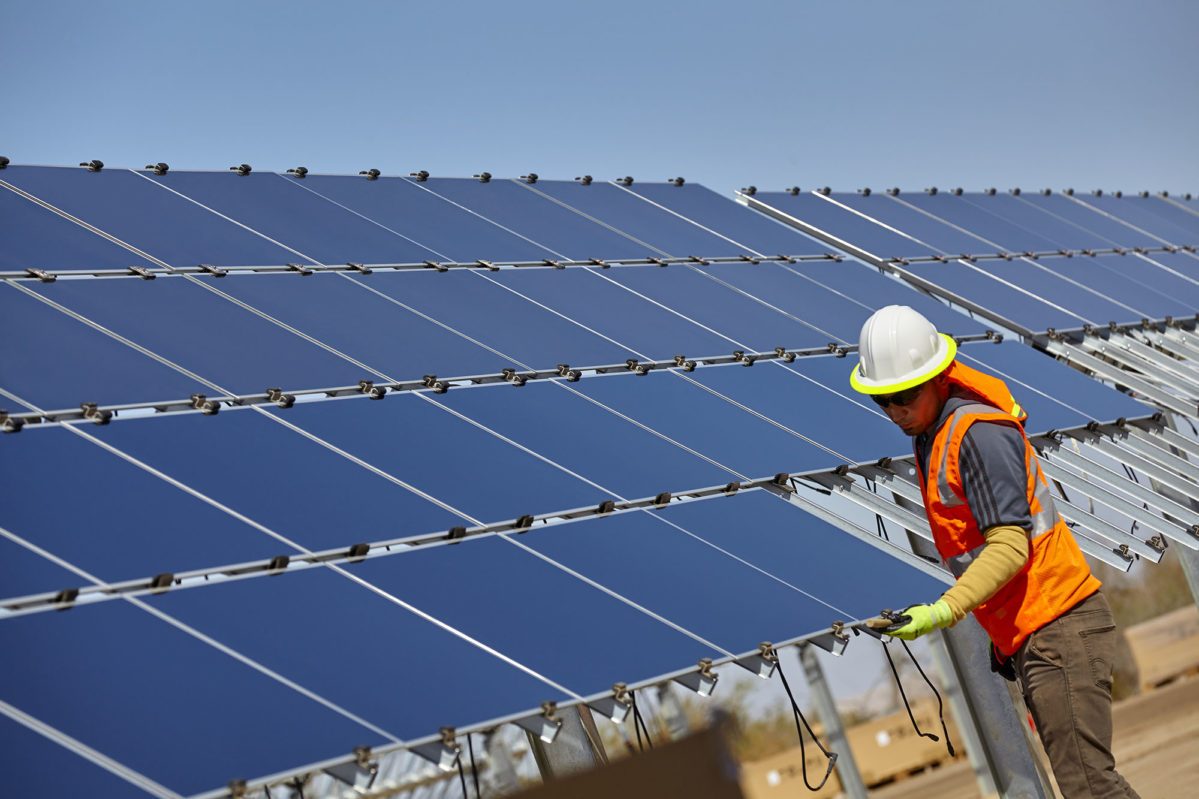

How does a solar farm work?
Visit Energy Encyclopedia’s 3-D model of a solar farm to learn more about the components and how they interact to generate energy.
Known for being a good business neighbor
“The Tenaska team works hard through every step of the development process and is truly genuine when working with landowners and members of the community.”
Stacy Wagner
Landowner & Community Representative, Posey Solar Project, Posey County, IN
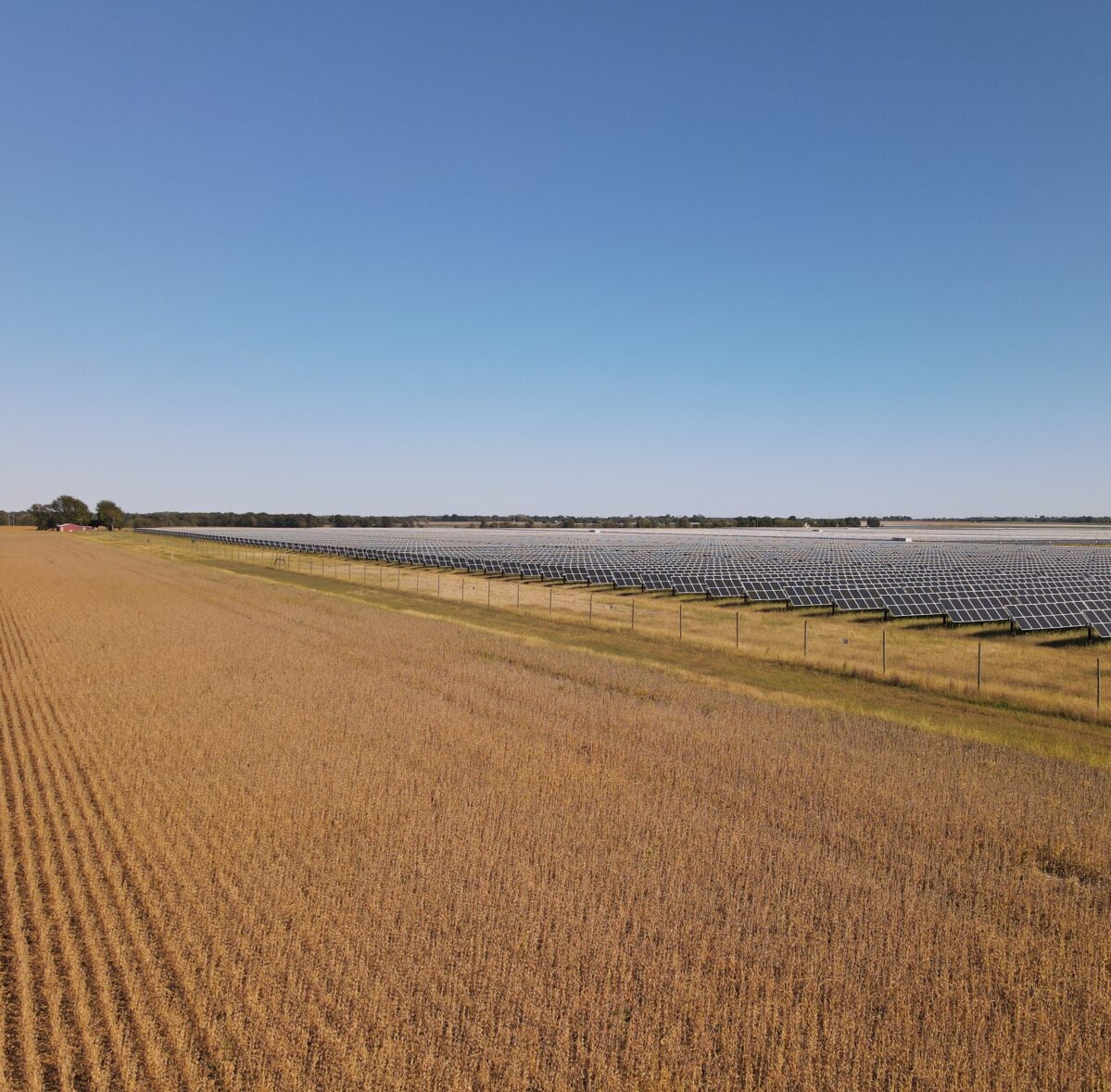
Phases of a
Solar Farm
-
Pre-development
2-3 YEARS
Tenaska reviews the area to ensure it meets criteria for solar farm development.
Once enough land agreements are signed, an interconnection request is filed with a grid operator, beginning a multi-year process to deliver power to the end users.
-
Development
2-3 Years
Various engineering and environmental studies are performed, and participating landowners are notified in advance of any study work on their land. These studies analyze migration patterns, local geology, soil characteristics, wetlands and wildlife habitats to ensure panel placement is as safe, minimally invasive and efficient as possible.
The project applies for applicable state and federal permits that govern wildlife and waterways and seeks appropriate approvals from state and local governments.
Tenaska secures a customer for the power to help assure the overall economic viability of the project.
Near the end of this phase, we exercise the option agreements with landowners to position the project for construction. This starts the lease period.
-
Construction
2 YearS
An engineering, procurement and construction contractor is hired to install solar panels and connect them to the transmission system. We aim to source qualified, local labor and local materials as much as possible.
-
Operation
30+ Years
The solar farm is maintained for more than 30 years by an on-site operations team, which is typically 2-6 people.
-
Decommissioning
After the contract period ends, we remove all panels and access roads, and any damages are repaired so that the land may be used for other purposes.
-
Allows Land to Rest
Leasing land for a solar project allows land a 30-year break from crop production and associated treatment applications.
-
Ensures Profit
Any costs resulting from construction, operation, decommissioning or increased property taxes are paid for by the company.
-
Supports the Local Economy
Solar farms can boost tax revenue for community improvements, create job opportunities for qualified, local construction workers and suppliers, and increase business at local establishments.
Monica’s Story
The American Clean Power Association shares a story of solar in Currituck County, North Carolina. Solar installations in the area give farmers an alternative to selling their land for housing developments that increase taxes and put pressure on local services. Instead, the local landowners are harvesting solar energy.
Explore Our Solar Case Studies

Indiana
Posey County Solar Project
Illinois
Eldorado Solar Farm

California
Tenaska & the Imperial Valley
We Encourage You to Ask Questions
What makes a good location for a solar farm?
We develop solar farms where there is nearby access to the transmission system, a sufficient amount of sun exposure, a large amount of land with interested owners and a community that is invested in its economic benefits.
What does a solar farm include?
Most of a solar farm consists of solar panels mounted on racking structures, collectively called the solar panel array, in addition to an operations and maintenance building, inverters, perimeter fencing, a transformer and electrical lines.
Do solar farms create health risks?
There are no proven health risks from solar farms. In fact, solar farms are known for having a positive benefit on air quality. Solar farms generate clean, renewable power with zero air emissions and often replace older and less efficient fossil fuel-based sources of power with significant air emissions. Solar panels are commonly installed on homes, schools and parking lots and in close proximity to major airports.
Does the presence of a solar farm impact property values?
There are a number of factors that influence property values and the housing market, and no credible studies have shown an association between the presence of an operating solar farm and negative long-term impact on the value of adjacent properties. Various reviews of solar farms and neighboring property values and home sales have confirmed there is no long-term impact.
Let’s Start the
Conversation
Connect with a Tenaska representative
Everyone’s land is unique, which is why we want you to connect with a Tenaska representative to discuss the process, ask questions and learn about benefits specific to you and your land. Start by filling out this form.
If you are a contractor or vendor looking to contact Tenaska regarding your product or service, please fill out the Contractors & Vendors form on our main website.
Get Contacted by Tenaska
Committed to Hard Work and Honest Dealing
Over the past 35 years, Tenaska has earned a reputation for developing responsible energy projects and being a good business neighbor. We have developed more than 13 GW of natural gas-fueled and renewable energy generating facilities and currently have more than 41 GW of renewable generation in the development services pipeline.
